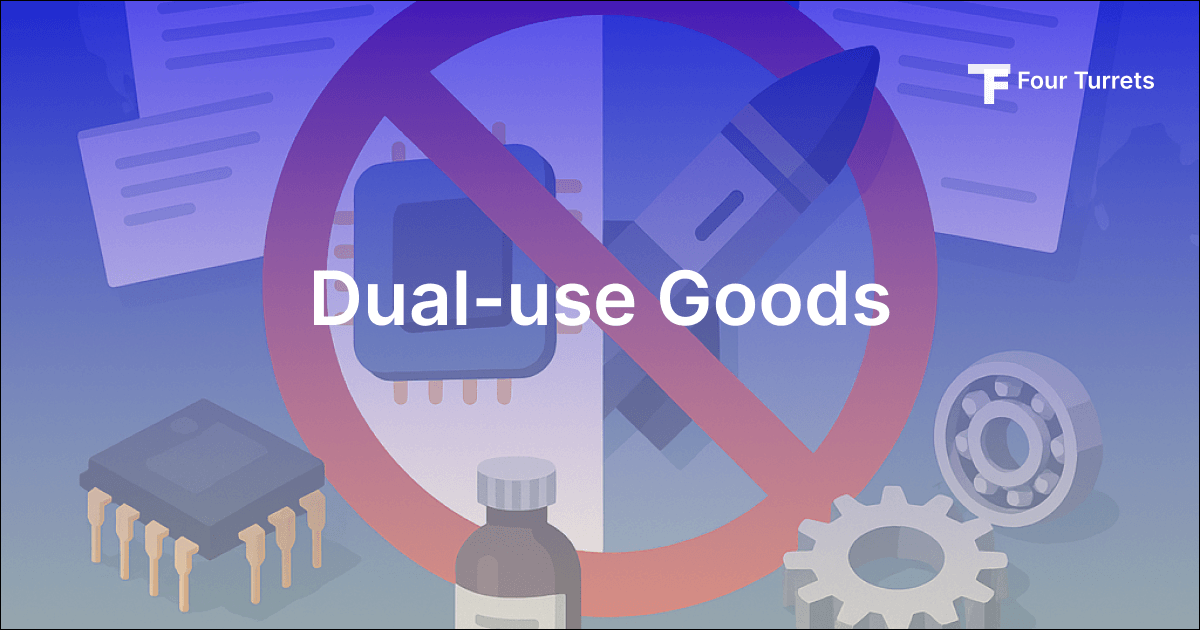Dual-use goods are the items, software, or technologies that can be used for both civilian and military applications. Their export, transit, and brokering are strictly regulated to prevent misuse, particularly in the context of weapons of mass destruction (WMD) proliferation and international security threats.
Regulatory Framework
The export control regulation governing dual-use items is designed to ensure compliance with international standards. This framework includes a control list of dual-use items that require export authorisations before they can be transferred across borders.
EU and Dual-Use Regulations
Within the European Union (EU), the European Commission oversees the export control regime related to dual-use goods. Member states are responsible for implementing these regulations and ensuring that exporters comply with the EU control list of dual-use items.
Key Elements of the EU Export Control Regime
- Authorization Types: Exporters must obtain appropriate authorizations, including individual, global, and general export authorizations, depending on the destination and nature of the goods. EU General Export Authorisations (EUGEAs) facilitate exports to specific countries under defined conditions
- Control List: The commerce control list details specific goods subject to export control, regularly updated to reflect technological advances and security risks.
- Compliance: Exporters are required to maintain robust compliance programs, including record-keeping and internal controls, to ensure adherence to export regulations
- Destination and Transit: While dual-use goods may move freely within the EU, sensitive items may still require prior authorization, especially for transit through or export to non-EU destinations
Sanctions and International Export Control
In addition to the EU’s export control regime, dual-use goods may be subject to international export control agreements and sanctions. These include commitments under the Nuclear Suppliers Group, Wassenaar Arrangement, and other multilateral frameworks. EU member states may also impose additional controls for public security or human rights reasons.
Sanctions can restrict the export of specific goods to certain destinations, particularly in response to geopolitical tensions or to prevent the circumvention of export controls. Recent guidance from the G7 and the European Commission highlights the importance of industry vigilance in identifying and preventing sanctions evasion.
Compliance Best Practices
To remain compliant, exporters should:
- Regularly consult the latest control lists and regulations.
- Implement internal compliance systems and staff training.
- Monitor end-use and end-user information for all transactions.
- Stay updated on evolving sanctions and export control measures.
By understanding the complexities of dual-use goods, authorization requirements, and compliance obligations, businesses can navigate the international export control landscape effectively and responsibly.


